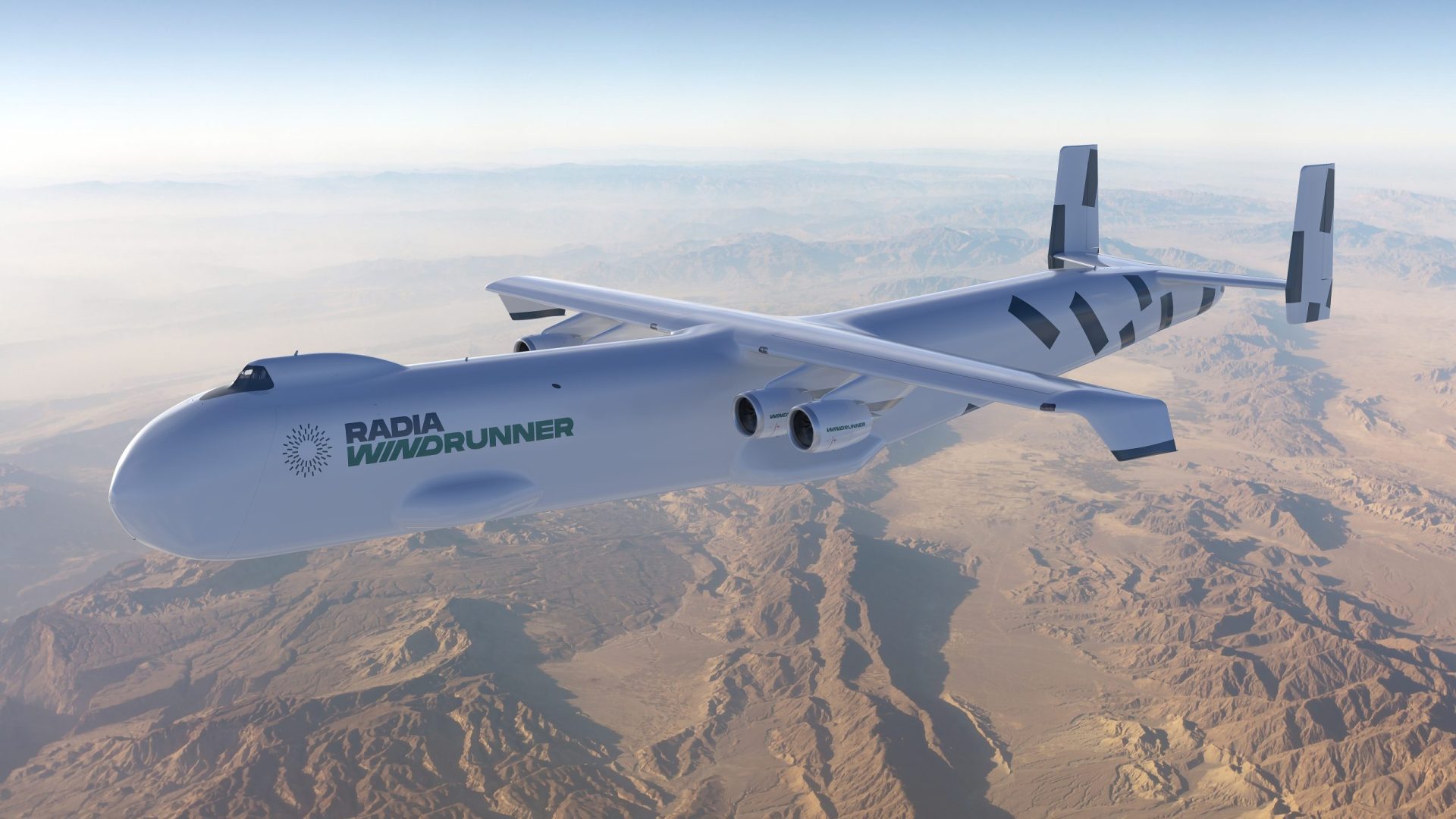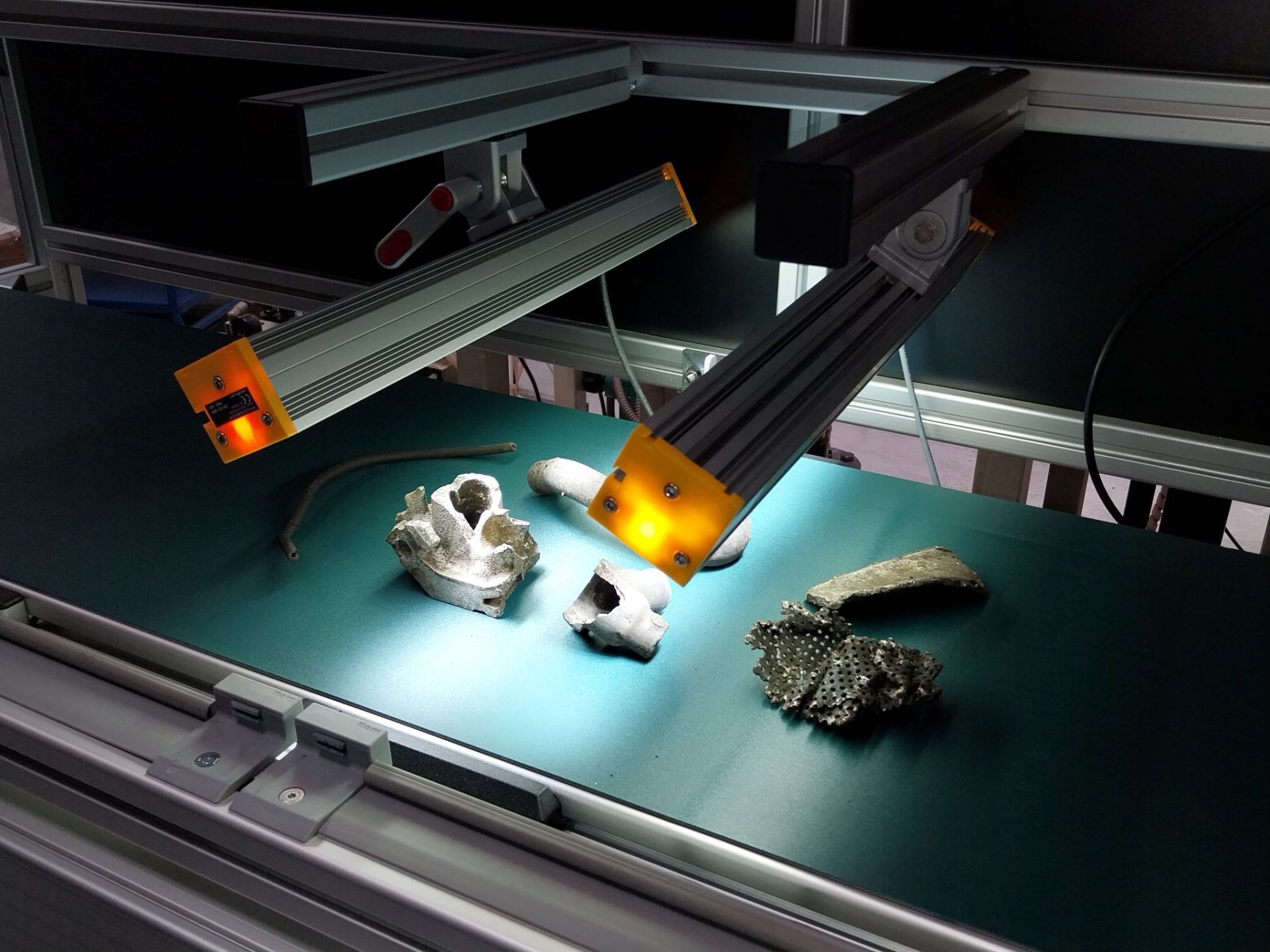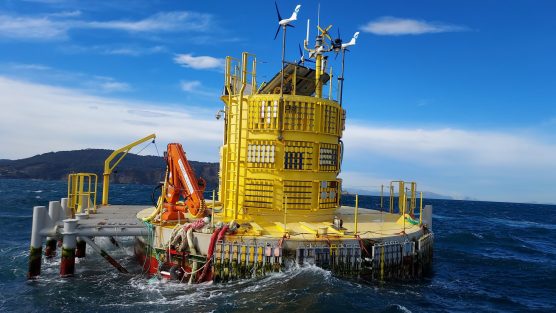Aerospace leader AERNNOVA, partners with Radia to design and manufacture the WINDRUNNER™, the world’s largest aeroplane

Radia, based in Colorado (USA), is designing the world’s largest aircraft to carry giant, highly efficient onshore wind blades, developing wind energy and furthering climate goals.
Aernnova will collaborate with Radia on the development and design of the wing and engine pylons for the aircraft.
The agreement will be jointly announced at the Farnborough International Airshow 2024.
Aernnova partners with Radia on the WindRunner™ project, the world’s largest aircraft. Radia is developing WindRunner™, to carry larger, more efficient wind blades, extend the reach of wind energy and transform the economy, seeking to meet climate goals. Aernnova will thus join Radia’s innovation ecosystem, as they will jointly announce at the Farnborough International Airshow 2024. Basque-based Aernnova will design the wing and engine pylons for the aircraft.
Radia CEO Mark Lundstrom says ‘WindRunner is an opportunity for the aerospace industry to make a decisive impact on climate change, diversify into the energy industry and seize a huge market opportunity’, adding ‘We are pleased and excited that Aernnova, a company at the forefront of aerospace design, development and engineering, has chosen to partner with us on this critically important project’.
Ricardo Chocarro, CEO of Aernnova said: ‘We are excited and proud to be involved in the world’s largest aircraft, especially considering its mission. Based on my previous experience in the wind turbine industry, I can affirm the importance of the WindRunner solution. The agreement with Radia for the development of the project, positions us as the front runner for the design and manufacturing support of the wing and engine connection pylons in a clearly ambitious project.
The collaboration agreements are the latest step for WindRunner, an aircraft designed with one key goal in mind: to transport large wind turbine blades, up to 105 m (658 ft) in length, longer than a football field, directly to wind farm sites, landing on semi-prepared dirt runways as short as 1,800 m (6,000 ft). It will overcome the logistical barriers that today prevent the expansion of onshore wind power. Wind turbines are more effective and efficient the bigger they are. But long blades are very difficult and expensive to transport over land because obstacles such as bridges, tunnels and curves get in the way.
WindRunner will fly over these obstacles, enabling the deployment of the largest and most efficient onshore wind turbines today and even larger ones planned for the future, which Radia calls GigaWind™.
The result will be the widespread availability of consistent, low-cost clean energy in more locations and on an industrial scale for the grid, green fuel production, including sustainable aviation fuel (SAF), and commercial power users such as data centres and hyperscalers. The onshore wind energy market is estimated to reach $10 trillion by 2050, up to one million wind turbines.




